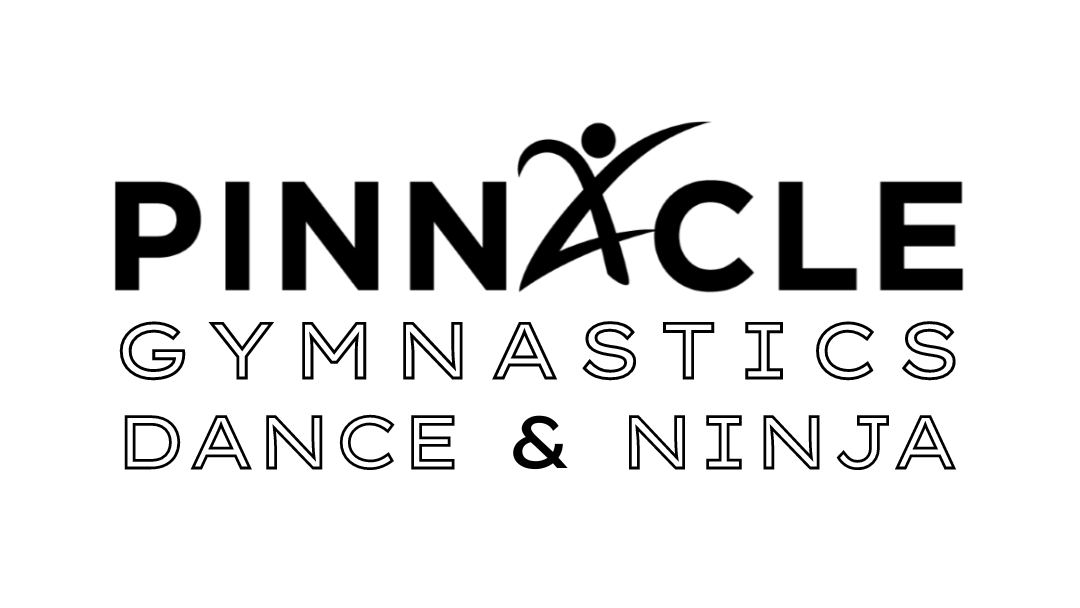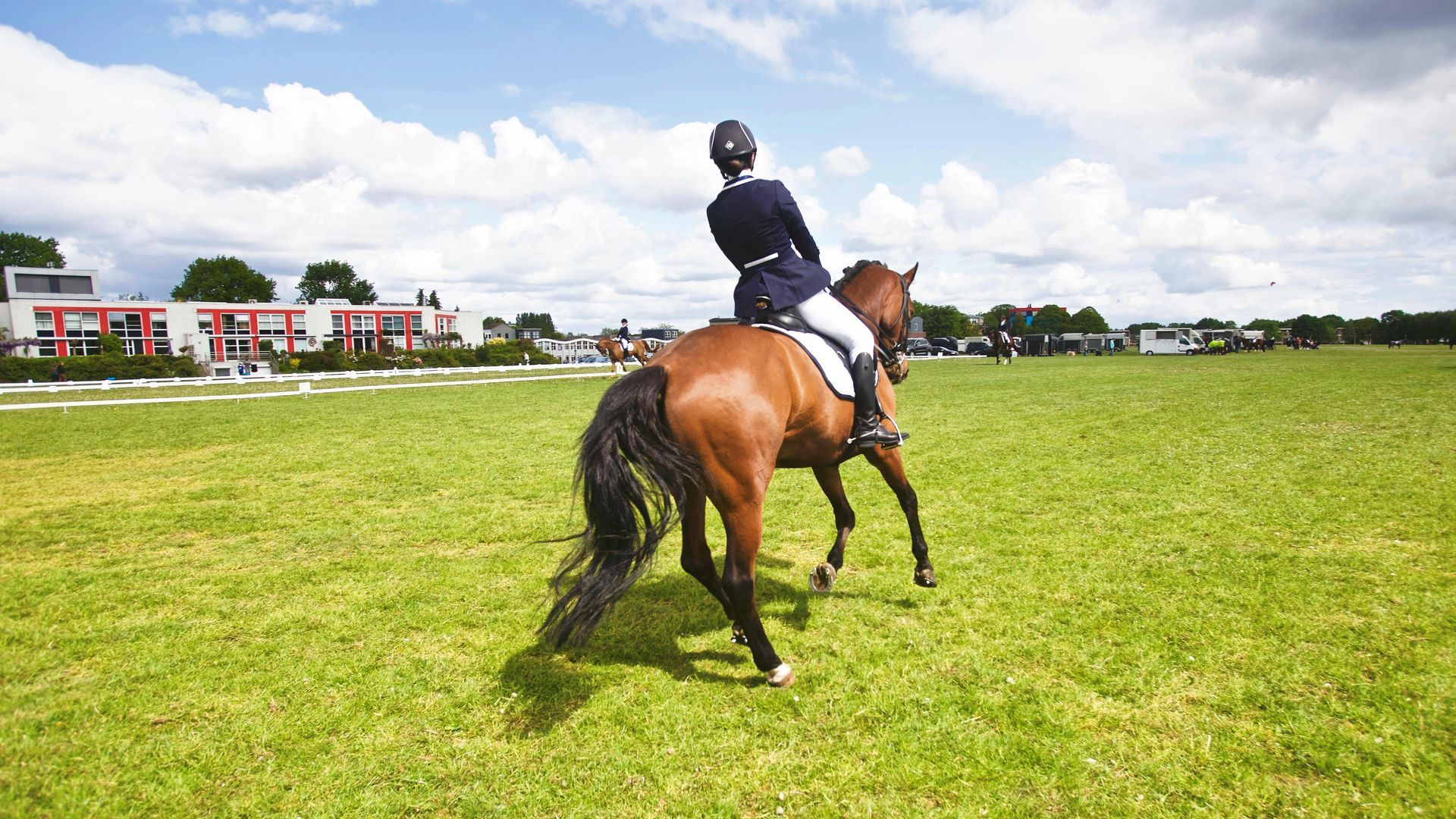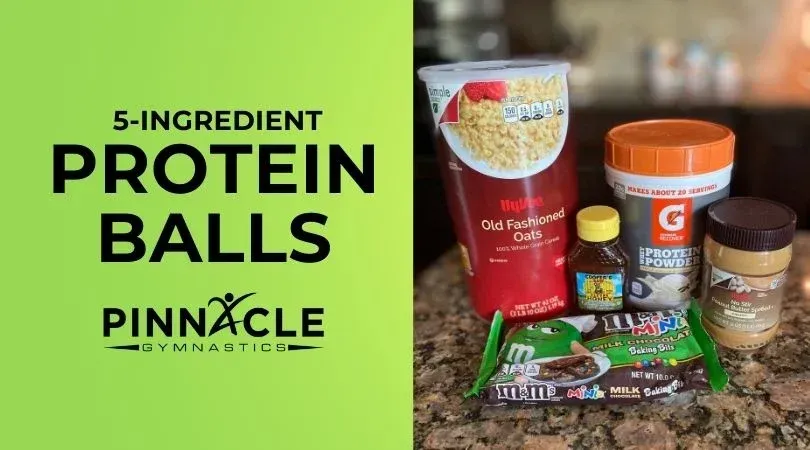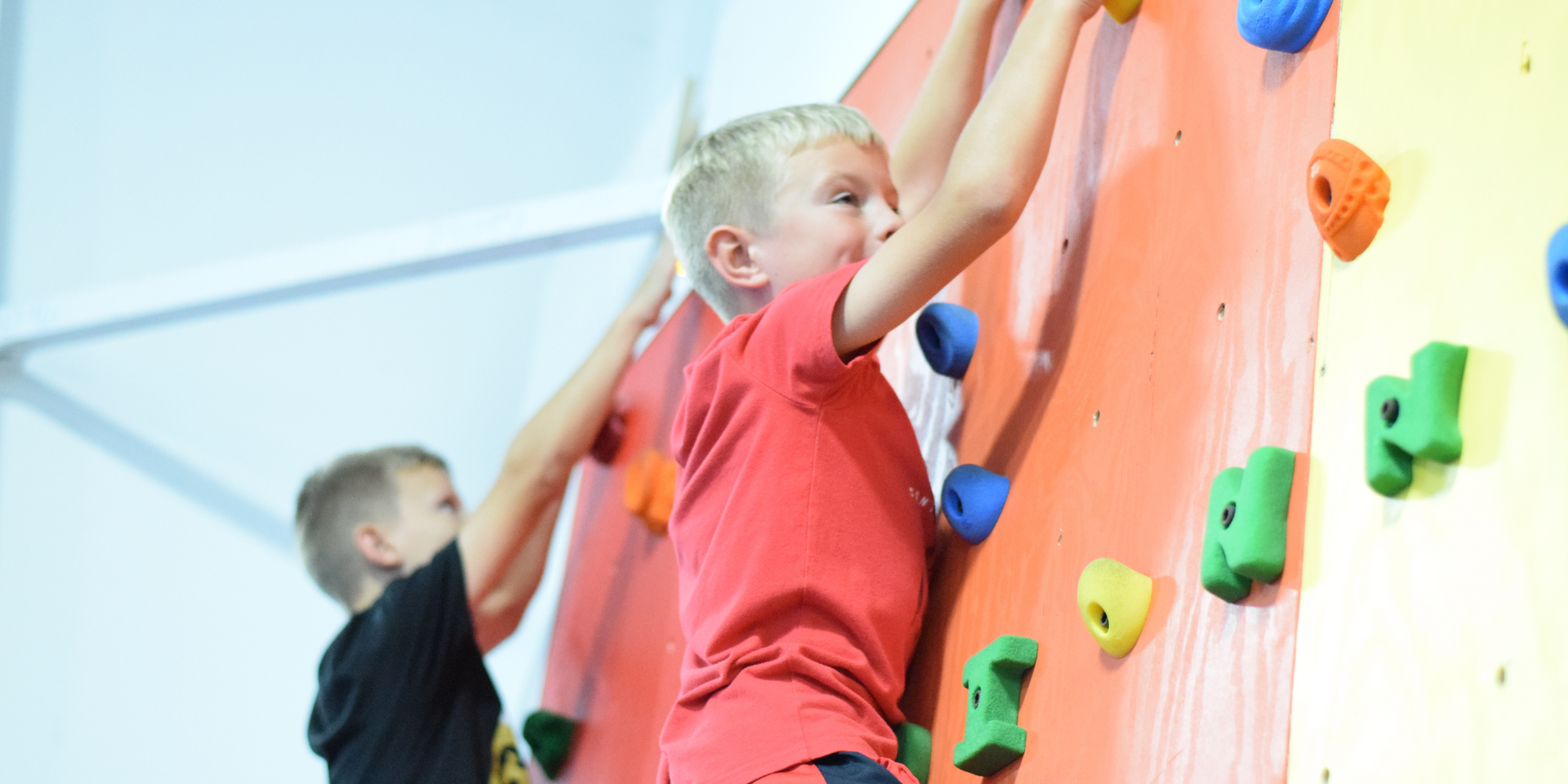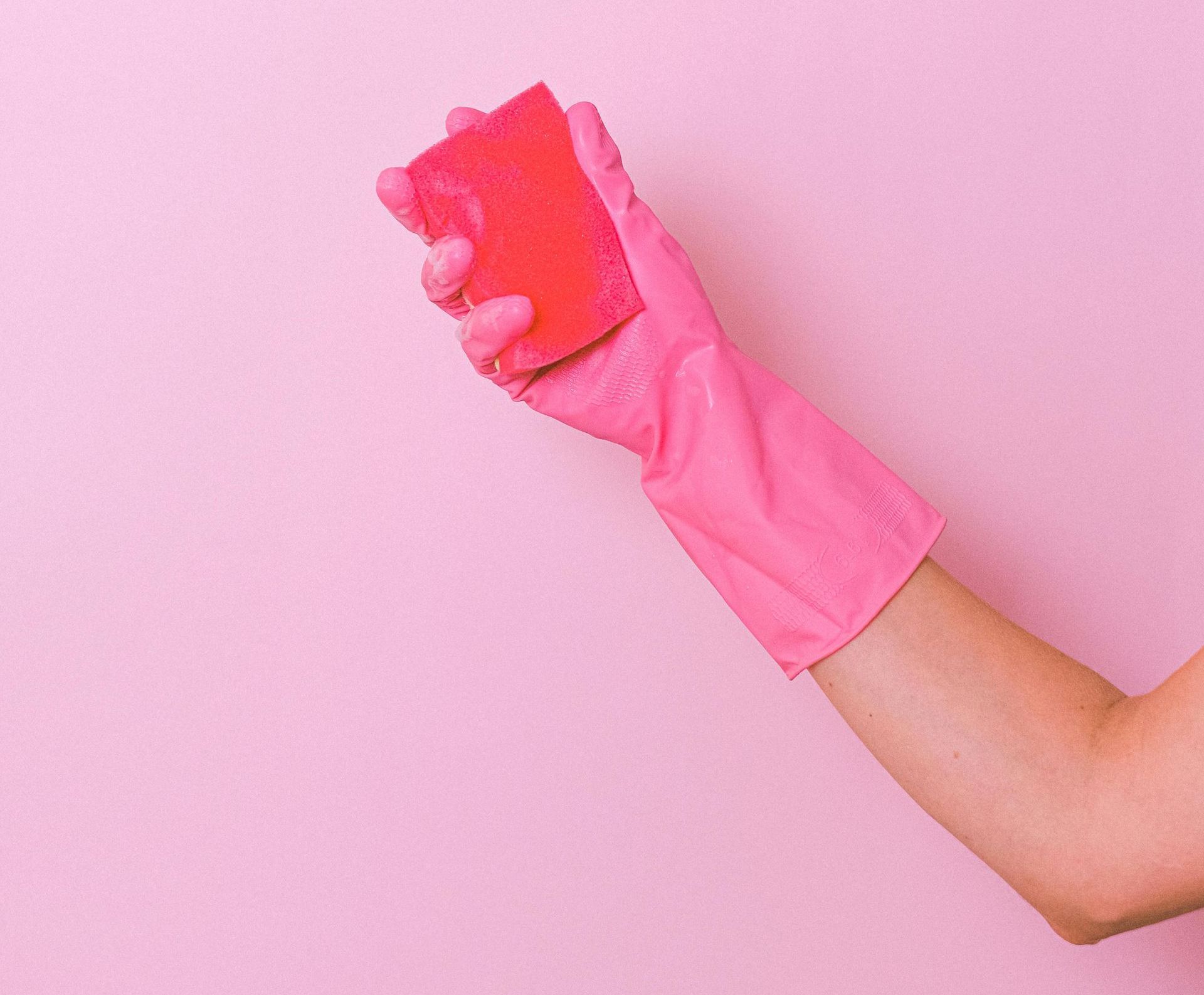How to Make a Tape Grip
How to Heal and Prevent Gymnastics Hand Rips: Tips and Tricks for Parents
As a gymnast, hand rips are almost an inevitable part of the journey. Whether they’re a result of practicing on bars, doing vault work, or simply building strength, gymnasts often come home with painful blisters and tears in the skin on their hands. For parents, this can be frustrating—especially when it comes to knowing how to help heal these rips and prevent new ones from forming.
In this blog post, we’ll explore how to care for a gymnast's hands when they get a rip, offer advice on how to prevent future injuries, and provide a step-by-step guide to making your own tape grips for added protection.
How to Heal a Hand Rip: Immediate Care for Gymnastics Blisters
When a gymnast comes home with a rip, it's important to focus on healing the skin to prevent infection and allow it to regenerate. The first step is cleaning the area gently with warm water and soap. Avoid scrubbing, as this can aggravate the tear. Pat the area dry with a clean towel, and then apply a healing ointment.
Many parents swear by products like bag balm or udder balm, which are designed to soothe and heal chapped skin. These balms are thick, so they provide moisture and protection, helping the skin to heal faster. However, for those looking for more common solutions, Neosporin or Vitamin E oil also work well. These are readily available and contain healing properties that promote skin regeneration.
Once applied, it's important to cover the rip with a bandage or gauze to protect it from further irritation during the day. If the rip is small, you may also opt to leave it open to air, but always keep an eye on it to prevent infection.
The Importance of Calluses in Preventing Future Rips
As the skin heals, it will begin to form a callus around the injured area. While this might feel rough or uncomfortable at first, it’s a crucial part of the healing process. The callus will serve as a natural form of protection, preventing the skin from tearing open again with future use. The thicker the callus, the less likely your gymnast will be to develop new rips in the same area.
However, it’s important to understand that calluses don’t form overnight. It may take a few practices for the skin to toughen up. Once the hands are fully callused, gymnasts will often experience fewer rips. This is why gymnasts tend to go through cycles of frequent rips followed by periods of fewer injuries. They may rip more during the initial phases of training, but as the skin toughens, these incidents will become less frequent.
How to Make a Tape Grip: A Step-by-Step Guide
A tape grip is an affordable and easy solution for gymnasts who need extra protection but don’t have access to professional-grade grips.
Here’s a simple, step-by-step guide to creating a DIY tape grip:
- Cut the Tape: Take a piece of athletic tape about 16 inches long. You’ll need enough length to cover the palm of the hand and form a solid grip around the fingers.
- Fold the Tape: Fold the tape in half lengthwise (hot dog style) so that you end up with a long, narrow strip.
- Form the Loop for the Finger Hole: Bend the folded tape in half, lining up the two ends, but leave a small space at the top for the finger hole. The hole should be just large enough for your gymnast’s finger to fit through comfortably.
- Tape the Sides: Starting from the base of the grip, use the roll of tape to tape down the sides of the folded strip, leaving the top open for the finger hole. Ensure the tape is snug but not too tight.
- Wrap Around the Palm: Continue wrapping the tape under the hand, securing the tape on both sides. Tear the tape just before the finger hole, and then press down firmly to secure the grip.
These tape grips are a simple and cost-effective way to offer some extra protection when your gymnast’s hands are healing or when they need extra support during practice.
Tips for Using Tape Grips During Practice
If your gymnast’s coach is experienced, they may be able to help construct the tape grips during practice. However, it's always a good idea to bring your own tape, and be sure to inform the coach ahead of time. This way, the coach doesn’t need to take time away from instruction to make grips for your child.
Tape grips can be worn during training to help reduce friction and provide temporary relief from painful rips. They are not a permanent solution but can help keep your gymnast practicing while their hands continue to heal.
Final Thoughts
Hand rips are a common part of a gymnast’s experience, but with the right care and prevention strategies, they can be managed effectively. By moisturizing, protecting the hands, and making use of tape grips, gymnasts can continue training while minimizing the impact of rips and blisters. And remember, as the hands callus and toughen, your gymnast will rip less frequently, allowing them to train with less discomfort.
With these tips in mind, parents can help their gymnasts navigate the inevitable challenge of hand rips and keep them on the path to success.
